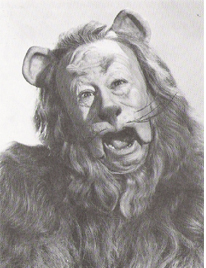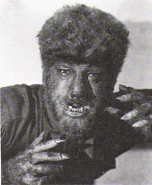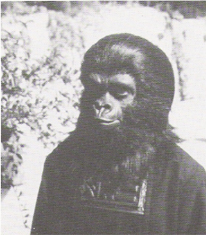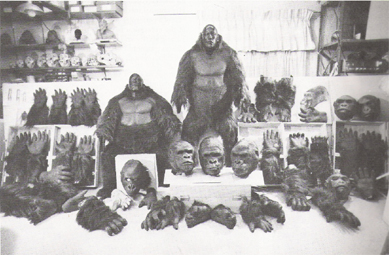


specialmakeupeffects
Animal-People Creatures
Animal-People creatures are usually created to be horrible, like the ‘Wolfman’ created by Jack Pierce in 1941, while others are more look-friendly like the Lion For the MGM production for ‘The Wizard of Oz’ by Jack Dawn in 1939. It was in this film that the first major use of foamed latex was used. The makeups in film have become works of lasting excellence.

the 'Wolfman' 1941


This was the first time that performers were made into truly believable animal creatures, and had turned out to be a classic film (‘The Planet of the Apes’) given the credit solely due to the design of the appliances that allowed the performers a means of making expressions that were so human on animal features.
In addition to this, one of the projects that had worked out many of the methods for producing expressions body conformations and oversize heads, was for the film ‘The Incredible Shrinking Woman’ that was played by Rick Baker in 1981. The facial expressions in the mask of the gorilla were far beyond what a performer could do with his face pressing against the mask, so a series of devices were required to achieve this. If mechanical devices improve the performance of the makeup, then the devices too become part of it.
